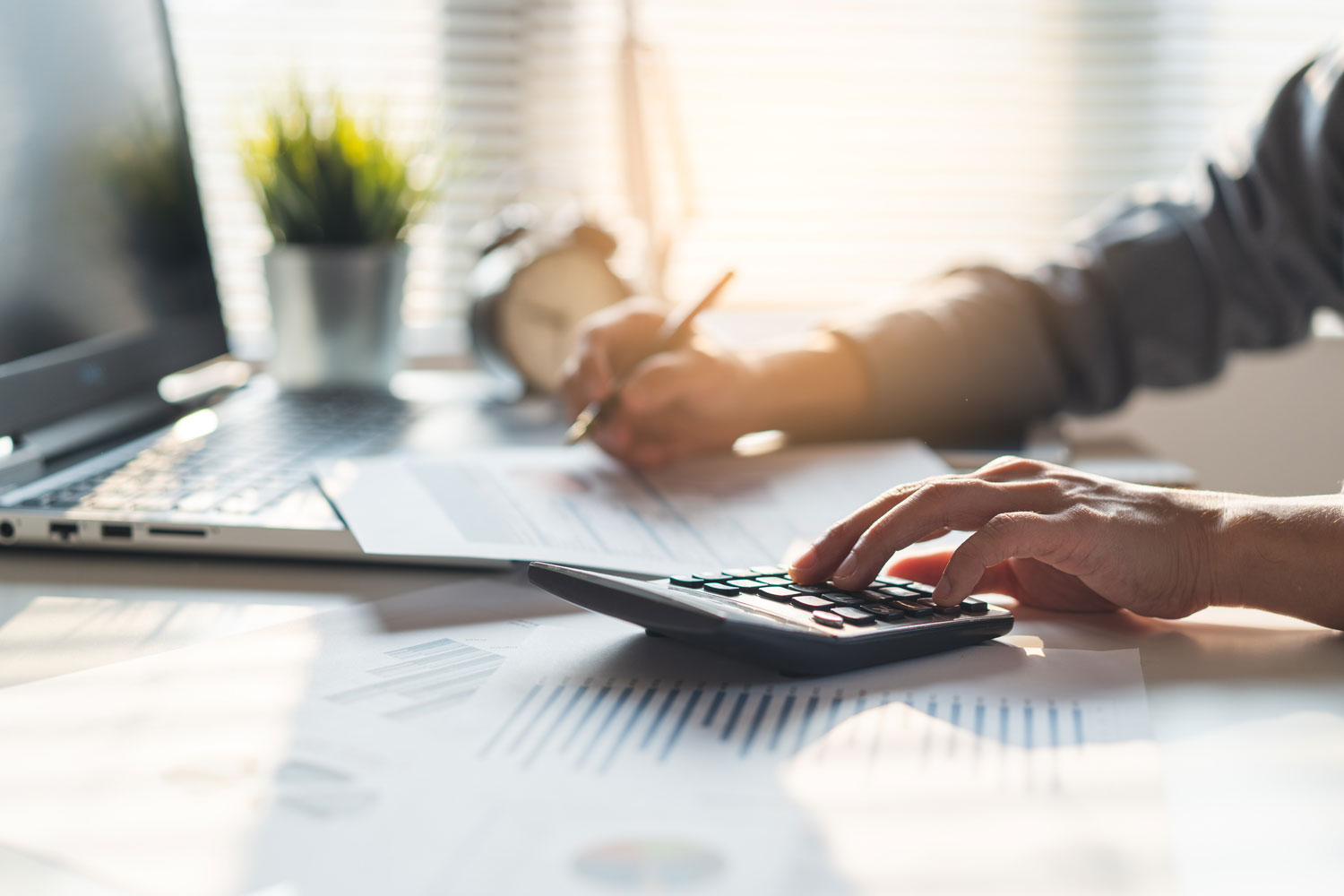When Can You Get a GAP Insurance Refund?
Under the right circumstances, you may be able to qualify for a GAP insurance refund on an existing policy.
 Shutterstock
Shutterstock
Updated March 30, 2023
Article QuickTakes:
Guaranteed auto protection (also known as GAP insurance) is an insurance policy providing reimbursement if your car is totaled or stolen, and you still owe money on the car's auto loan. If you cancel your GAP insurance policy early, you may qualify for a GAP insurance refund. Let's take a closer look at how these refunds work, when they can occur, and how to request one.
What Is a GAP Insurance Refund?
When you cancel your GAP policy early, you'll receive a GAP insurance refund reimbursing you with a portion of your unused premiums. This usually occurs after you repay your loan, or if you sell or trade in your vehicle before you pay off your loan. Usually you need to pay for the GAP insurance upfront in order to qualify for a GAP insurance refund. If you paid for your GAP insurance monthly, you may still qualify for a refund, but it will likely be much smaller than if you paid upfront.
How much money you end up getting back through a refund varies, but the amount is usually based on the following factors:
- The value of the vehicle
- The amount of auto loan
- The vehicle's current mileage
- The loan repayment term
To calculate how much of a refund you'll get if you paid for the GAP policy upfront, you divide the total cost of the insurance by the number of months you had coverage—this gives you your monthly premium. Once you know the monthly premium, you can multiply it by the number of months you have left on your policy. That number is a good indicator of how much your refund should be, but all insurance providers have different processes so you'll need to confirm the amount of your refund with them.
When Do You Get a GAP Insurance Refund?
Insurance companies may have a specific cutoff deadline for GAP insurance refunds, but usually you can qualify for a refund at any point before the policy period expires. For example, if you purchase a GAP policy that should last 36 months but cancel after 24 months, then you may be able to request a refund.
If your vehicle is stolen or becomes totaled and is no longer drivable, you might not qualify for a refund. Instead, you may need to use the policy to cover your losses.
You can receive a refund if you pay off your auto loan early, but if you pay it off on schedule, you may not qualify for a refund.
Before signing up for any type of GAP insurance policy, double check with the insurance provider regarding what types of qualifying events can lead to a refund or potential ineligibility to receive a refund.
How Do You Request a GAP Insurance Refund?
The first step to requesting a refund of GAP insurance is to reach out to your lender or dealer and inquire about the proper way to request a refund. You can also consult your contract. There may be additional paperwork you need to complete for the process. Timing for refunds can vary, but typically occur within a month.



